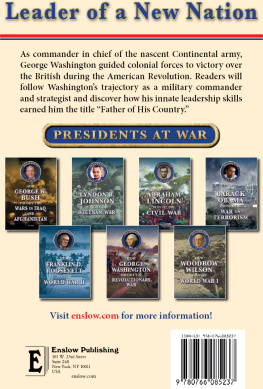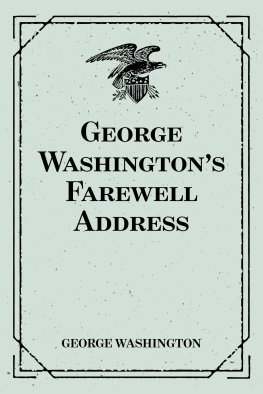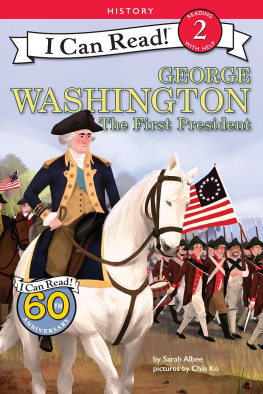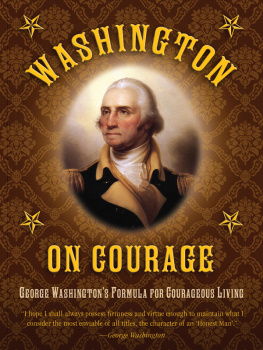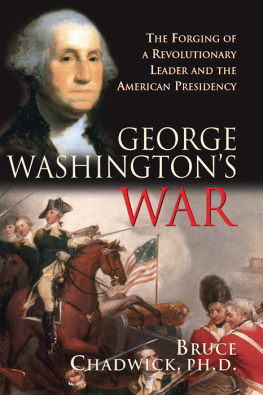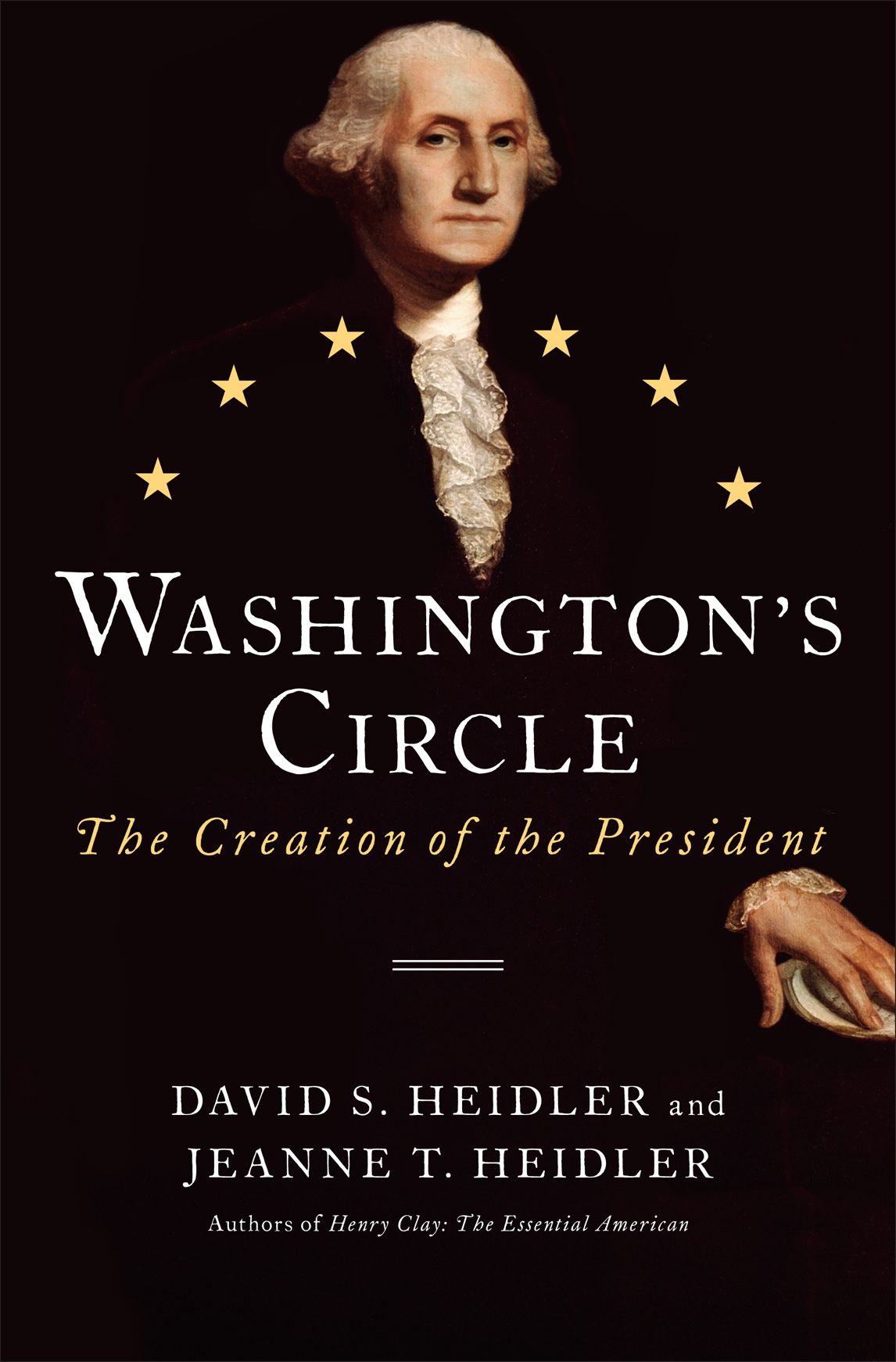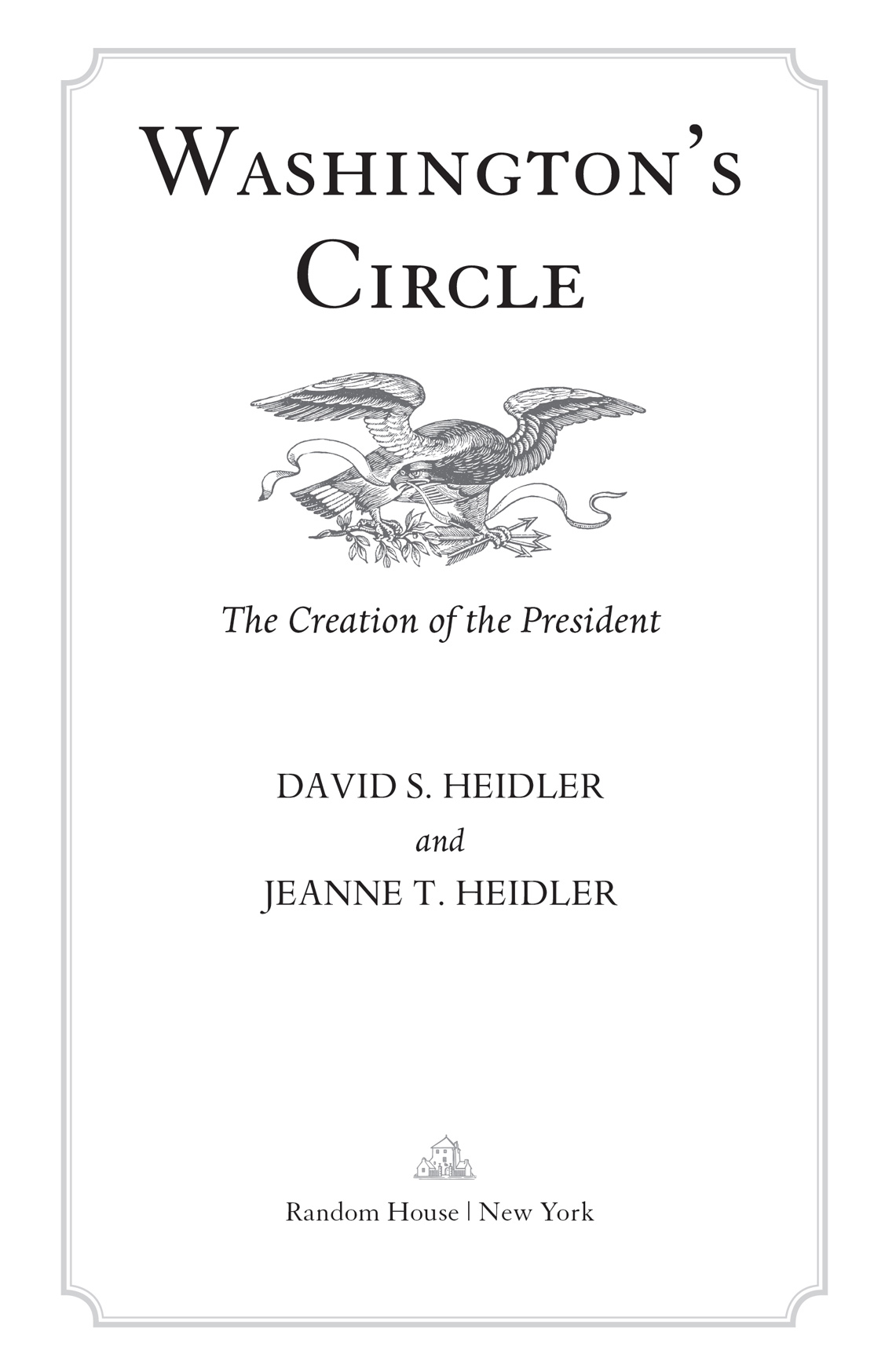David S. Heidler - Washingtons Circle: The Creation of the President
Here you can read online David S. Heidler - Washingtons Circle: The Creation of the President full text of the book (entire story) in english for free. Download pdf and epub, get meaning, cover and reviews about this ebook. year: 2015, publisher: Random House, genre: History. Description of the work, (preface) as well as reviews are available. Best literature library LitArk.com created for fans of good reading and offers a wide selection of genres:
Romance novel
Science fiction
Adventure
Detective
Science
History
Home and family
Prose
Art
Politics
Computer
Non-fiction
Religion
Business
Children
Humor
Choose a favorite category and find really read worthwhile books. Enjoy immersion in the world of imagination, feel the emotions of the characters or learn something new for yourself, make an fascinating discovery.

- Book:Washingtons Circle: The Creation of the President
- Author:
- Publisher:Random House
- Genre:
- Year:2015
- Rating:5 / 5
- Favourites:Add to favourites
- Your mark:
Washingtons Circle: The Creation of the President: summary, description and annotation
We offer to read an annotation, description, summary or preface (depends on what the author of the book "Washingtons Circle: The Creation of the President" wrote himself). If you haven't found the necessary information about the book — write in the comments, we will try to find it.
In 1789, as George Washington became the first president of the United States, the world was all but certain that the American experiment in liberty and representative government would founder. More than a few Americans feared that the world was right. In Washingtons Circle, we see how Washington and his trusted advisers, close friends, and devoted family defied the doomsayers to lay the foundation for an enduring constitutional republic. This is a fresh look at an aloof man whose service in the Revolutionary War had already earned him the acclaim of fellow citizens. Washington was easy to revere, if difficult to know.
David S. Heidler and Jeanne T. Heidler reveal Washingtons character through his relationship with his inner circle, showing how this unlikely group created the office of the presidency. Here is a story of cooperation, confrontation, triumph, and disappointment, as the president, Congress, and the courts sorted out the limits of executive power, quarreled over funding the government, coped with domestic strife, and faced a world at war while trying to keep their country at peace.
Even more, it is a story of remarkable people striving for extraordinary achievements. Many of these characters are familiar as historic icons, but in these pages they act and speak as living individuals: the often irked and frequently irksome John Adams, in the vice presidency; the mercurial Alexander Hamilton, leading the Treasury Department; the brilliant, deceptively cunning Thomas Jefferson, as secretary of state; James Madison, who was Washingtons advocateand his eyes and earsin Congress; and Washingtons old friend and former brother-in-arms Henry Knox, at the administrations beleaguered War Department. Their stories mingle with those of Edmund Randolph, John Jay, Gouverneur Morris, and the others who stood with a self-educated Virginia farmer to forge the presidency into an institution protective of its privileges but respectful of congressional prerogatives.
Written with energy, wit, and an eye for vivid detail, Washingtons Circle is the fascinating account of the people who met the most formidable challenges of the governments earliest hours with pluck, ability, and enviable resourcefulness. When the world said they would fail, they rolled up their sleeves. This is their story.
Advance praise for Washingtons Circle
Traditional accounts portray George Washington as a solitary actor in the drama of American nationhood, as chilly and featureless as the marble shaft that dominates his namesake capitol. In fact, he was the intensely human lead in one of historys most colorful, and contentious, ensembles. David S. Heidler and Jeanne T. Heidler bring the whole cast to unforgettable life in this character studycumgroup portraitcumold-fashioned page-turner. Readers are in for a treat!Richard Norton Smith, Pulitzer Prize finalist and author of On His Own Terms: A Life of Nelson Rockefeller
David and Jeanne Heidler do a superb job of illuminating the remarkable group of talented individuals who undertook an equally remarkable collaboration to found the United States.Edward G. Lengel, author of General George Washington: A Military Life and director, The Papers of George Washington, University of Virginia
David S. Heidler: author's other books
Who wrote Washingtons Circle: The Creation of the President? Find out the surname, the name of the author of the book and a list of all author's works by series.

